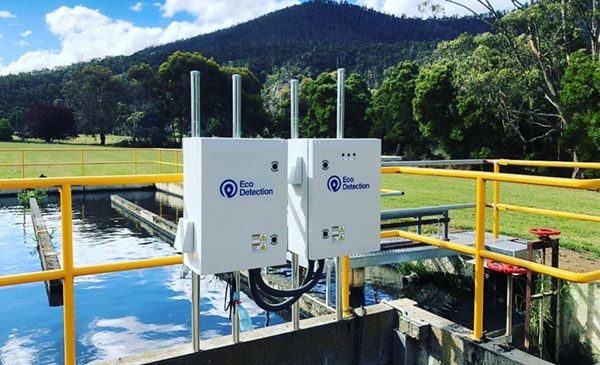Capillary Zone Electrophoresis (CZE) technology
Published on by Water Network Research, Official research team of The Water Network for Eco Detection
About CZE technology
Based on proven, military-grade technology, Eco Detection uses the world’s first broad-spectrum, single-suite, real-time water quality monitoring system.
The technology, which has miniaturised the capillary zone electrophoresis (CZE) laboratory process into a robust and field-ready system, was originally developed in conjunction with the University of Tasmania, and commercialised globally in Eco Detection’s sister company GreyScan’s ETD-100, a trace detection device for inorganic explosives. In 2019, GreyScan won the prestigious Eureka Prize for Innovation – Outstanding Science in Safeguarding Australia. During 2020, the company pivoted to GreyScan to develop and commercialise its innovative screening platform to produce the TVD-1 & TVD-2; two products, which are capable of detecting viruses including SARS-COV-2.

Eco Detection can detect specific ions at concentrations as low as tens of parts per billion. This innovative technology uses positive and negative electrical field polarities to detect both anions and cations in sample fluid. This patented sensing system enables us to measure nitrates, nitrites, ammonium, phosphates, chloride and coming soon, heavy metals, glyphosate and emerging contaminants.
Eco Detection, provides a ‘lab in a box’ platform for collecting and transmitting water quality and chemistry data in near real time, without the need for a full lab or access to power.
Authorities and regulated industries are actively monitoring very few fresh waterways around the world for quality, despite the potential impacts of agriculture, urban runoff and wastewater treatment plants (WWTPs). Eco Detection plans to enable them to collect more data than was previously attainable and make adaptive decisions in response to environmental changes. GHD has taken part in raising capital for the venture.
The technology is already being used at sites across Australia and New Zealand, including farms, vineyards, hatcheries and sewage treatment facilities. Continuous water quality monitoring could also be key to facilitating nutrient-trading schemes, which are emerging in the U.S. and Australia as market-based management of nutrient discharges into waterways.
“The problem of nutrient pollution is global and a major concern,” say GHD Asia-Pacific (APAC) CEO Ian Fraser. “Supporting new technologies, services and insights based on live water quality data is part of creating lasting community benefit.”
Information
- Location: Richmond, Australia
Taxonomy
- Water Quality Monitoring
- Water Quality Monitoring Sensor